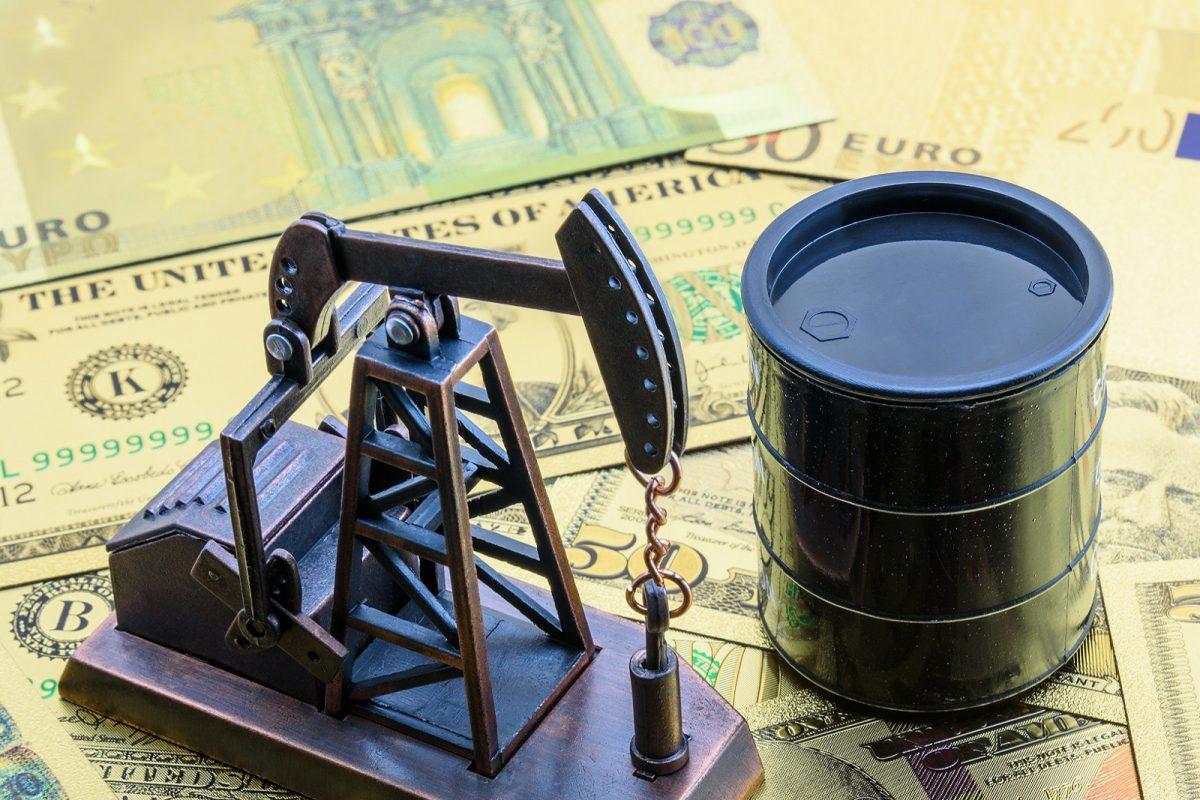In a recent development, the Indian government has decided to enhance the windfall profit tax on domestically produced crude oil and exported diesel. This decision is accompanied by the reintroduction of the tax on aviation turbine fuel (ATF) shipments abroad. These changes are being implemented through a special additional excise duty (SAED) mechanism, aimed at regulating profits derived from these energy sources.
Crude Oil Windfall Tax Raised
-
Tax Hike Details: The government has made the decision to increase the special additional excise duty (SAED) on domestically produced crude oil. This tax, formerly set at ₹4,250 per tonne, has been raised to ₹7,100 per tonne, as per an official notification.
-
Implementation Date: The new tax rates have taken effect from August 15, as indicated by the official order dated August 14.
Export of Diesel and ATF Subject to Higher Tax Rates
-
Diesel Export Tax Increase: The SAED on exported diesel has seen a significant surge. It has risen from ₹1 per litre to ₹5.50 per litre, marking a notable change in taxation policy for this energy product.
- Introduction of ATF Levy: A new development in the taxation framework involves the imposition of a ₹2 per litre duty on the export of aviation turbine fuel (ATF), also known as jet fuel. This marks a departure from the absence of such a levy in the past.
-
Tax Trigger Points: These enhanced taxes on diesel and ATF exports are activated when the product cracks (or margins) exceed $20 per barrel.
Background and Taxation Criteria
-
Windfall Tax Initiation: India initially introduced windfall profit taxes on July 1 of the previous year, aligning with the global trend of levying taxes on energy companies’ supernormal profits.
- Crude Oil Windfall Tax: This tax applies to domestically produced crude oil when the global benchmark prices surpass $75 per barrel. The tax rates are recalibrated every two weeks based on the average oil prices in the preceding fortnight.
-
Diesel, ATF, and Petrol Tax Criteria: The tax on exports of diesel, ATF, and petrol becomes applicable when the product cracks (margins) exceed $20 per barrel.
Market Dynamics and Tax Adjustments
-
Oil Price Fluctuations: International crude oil prices have exhibited fluctuations. For instance, August witnessed an average price of $86.8 per barrel, up from $80.37 in the previous month and $74.93 in June.
- Levy Changes: The application of taxes on domestic crude oil, diesel, and ATF has shown variability based on the prevailing market conditions. The levy on domestic crude oil, for instance, was suspended during a period of falling global prices but was reinstated when rates increased.
- Export Tax Variation: Similar variations in tax applicability were observed for diesel and ATF. The levy on diesel was removed in April but reinstated in August. The levy on ATF was removed in March and reintroduced subsequently.
Key Industry Players
- Major Refinery Operators: Prominent players in the Indian fuel industry include Reliance Industries Limited, which operates the world’s largest single-location oil refinery complex in Jamnagar, Gujarat, and Nayara Energy, backed by Rosneft. These entities play a significant role in fuel production and exports within the country.
Windfall Tax: Regulating Profits in the Energy Sector
A windfall tax is a special tax imposed by governments on companies that generate unusually high profits due to favorable market conditions or exceptional circumstances. In the context of the energy sector, such a tax aims to prevent excessive profits and ensure a fair distribution of wealth.
Key Points:
-
Purpose: Windfall taxes are introduced to capture exceptional profits generated by companies in specific industries, such as oil and gas. These profits often result from significant increases in commodity prices or sudden changes in market dynamics.
- Energy Sector: In the energy sector, windfall taxes are often levied on crude oil, natural gas, and related products. They are designed to mitigate the impact of soaring global oil prices and to ensure that both companies and governments share the benefits of resource windfalls.
- Criteria for Application: Windfall taxes are triggered when certain conditions are met. For example, in the case of crude oil, the tax might be imposed when global oil prices exceed a certain threshold, such as $75 per barrel.
- Tax Rates: The rates of windfall taxes can vary widely, depending on government policies and the specific circumstances. These taxes can be applied in the form of additional excise duties, royalties, or other mechanisms.
-
Market Fluctuations: Windfall taxes are often dynamic and responsive to market conditions. They may be adjusted regularly, based on factors like average oil prices over a certain period.
Find More News on Economy Here



 Indian Olympic Medal Winners List Till N...
Indian Olympic Medal Winners List Till N...
 Who is the Inventor of the Gramophone?
Who is the Inventor of the Gramophone?
 HS Dhaliwal Appointed New DGP Of Andaman...
HS Dhaliwal Appointed New DGP Of Andaman...
